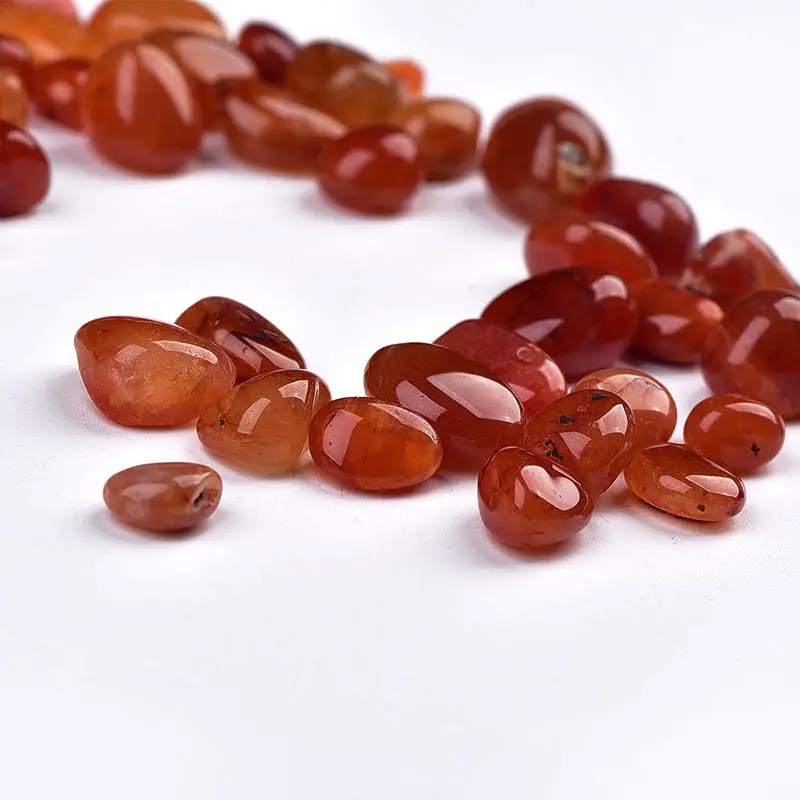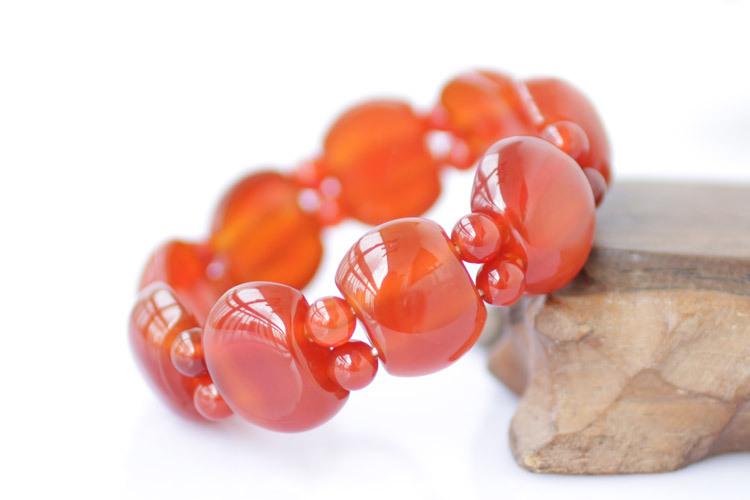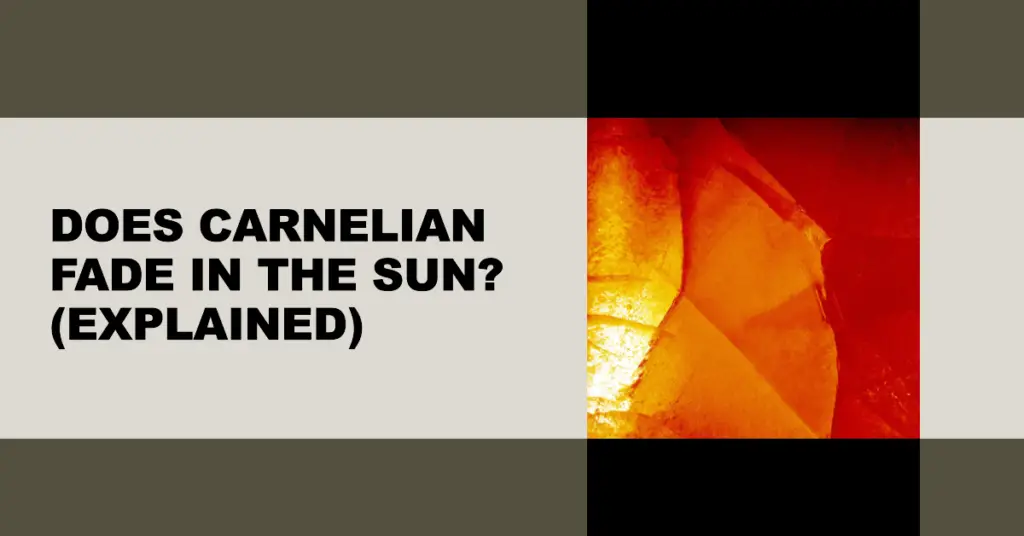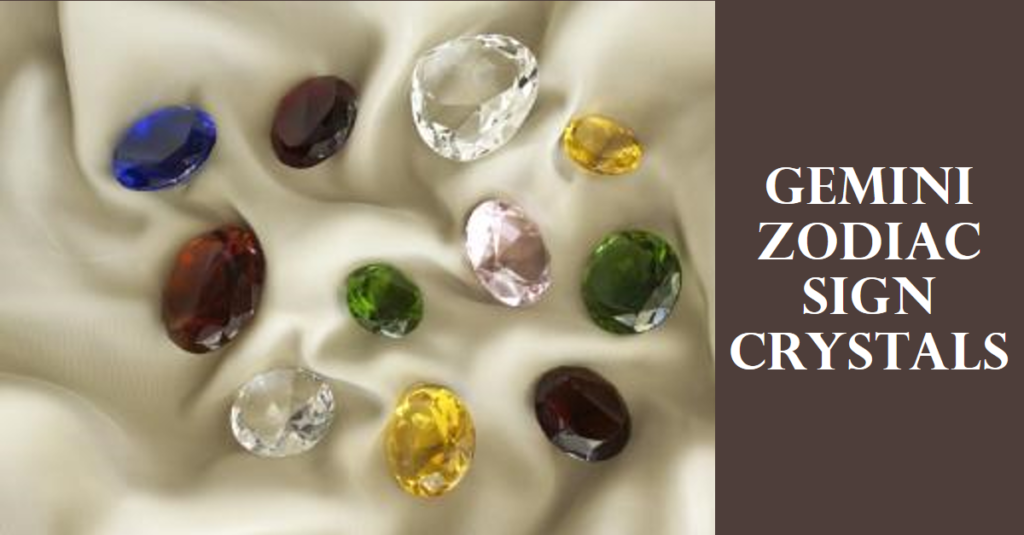Carnelian is a translucent orange-red variety of chalcedony, a type of quartz. Its distinctive color comes from trace amounts of iron impurities that give carnelian a color ranging from light orange to nearly crimson.
The color of carnelian corresponds to the lower range of orange to red in the visible light spectrum. The specific wavelengths corresponding to carnelian hues are approximately 590-750 nanometers.
This coloration comes from the presence of iron impurities in two possible states:
- Iron Oxide (Fe2O3) – Hematite
- Iron hydroxide (FeOOH) – Limonite
These iron compounds cause subtle color changes in red agate depending on their exact chemical composition and concentration.
Carnelian has been used in ornaments and jewelry for thousands of years, and was especially popular in the ancient Roman and Greek civilizations. Carnelian’s origins include India, Brazil, Uruguay, Siberia and Germany.
Does sunlight Fade carnelian?
Carnelian tends to fade, lighten or bleach when exposed to sunlight for long periods of time. This tendency to fade is usually attributed to the iron compounds that give carnelian its orange-red color.
However, scientific analysis has shown that carnelian is very stable and has negligible discoloration when exposed to sunlight from daily wear. There are several factors that contribute to the light resistance of carnelian:
- Stable Color Center – Iron impurities are dispersed throughout the crystal structure in particles too small to be seen. This means that the color source is firmly embedded.
- Inert primary material – Carnelian is a type of quartz whose chemical composition is extremely stable and unaffected by light.
- Permanent oxidation state – The iron in carnelian is completely oxidized, so its color is not degraded by UV radiation. This is in contrast to many blue/purple gemstones whose iron oxidation state allows for further changes.
- Consistency – Carnelian is generally more evenly distributed in color, with no concentration of color. Therefore, any slight fading will occur evenly. As a result, any slight fading will occur evenly.
However, there are some caveats to carnelian’s tolerance of sunlight:
- Lower quality, more impure carnelian may fade in color over time. However, this will happen gradually.
- Prolonged heat from the sun can cause micro-cracks in the stone, which can affect the long-term durability of the stone.
- The orange-red color may temporarily lighten after sun exposure due to dehydration, but it will return after some time in the sun.
- Any polish, coating or treatment may degrade or fade over years of UV exposure. Always check to see if your carnelian has been enhanced.
Under normal wearing conditions, the color of carnelian remains stable with minimal change, even after decades of intermittent sunlight exposure. Still, it is wise to provide some basic protection.
Guidelines for Sun Exposure
To protect your carnelian, follow these general guidelines regarding sun exposure:
- Avoid leaving your carnelian jewelry in direct sunlight for days or weeks at a time. Shorter periods are fine.
- Remove rings, pendants and bracelets containing carnelian if exposed to the sun for many hours at a time in gardening, boating, sports, etc.
- When not wearing carnelian, keep it out of direct sunlight to prevent unwanted UV exposure. Please keep it in an airtight jewelry box, pouch or drawer.
- Have your carnelian jewelry cleaned by an expert on a regular basis to prevent dirt, dust and debris from accumulating on the surface of the jewelry over time.
- Take care to avoid exposing carnelian gemstones and beads to bleach, perfumes and other chemicals that may cause damage when combined with sun exposure.
- Periodically check your carnelian jewelry for cracks, fragility or discoloration. If a problem occurs, recut or polish it.
Signs of Potential Sun Damage
The natural fading of carnelian is gradual and subtle. However, some of the following signs may indicate excessive light exposure:
- Noticeable change from bright orange-red to pale orange, especially on exposed parts.
- Uneven color distribution or patches appear.
- The surface has white chalky spots.
- Loss of translucency and luster.
- Increased porosity and vulnerability.
- Cracks are visible under a magnifying glass.
Again, carnelian is very stable in sunlight. These changes occur slowly over many years of consistent exposure to bright light. However, excessive discoloration may indicate overexposure to sunlight.

Protecting Carnelian from Sun Damage
If you are concerned about protecting your carnelian from light, there are several options:
- Use polishes that form a protective barrier against chemical and environmental damage.
- Ask your jeweler to recoat the carnelian with a thin vapor deposit to reflect UV rays. Recoat every few years.
- Store your carnelian jewelry in an airtight box with a silica gel pack to prevent hydration problems.
- When not wearing carnelian jewelry, keep it in a drawer to reduce light exposure.
- If worn for long periods of time, the piece should be turned over periodically so that the same side is not constantly exposed.
With a few basic precautions, carnelian can retain its warm luster for many years without significant sun damage.
Does Carnelian Change Color or Get Darker in Sunlight?
In addition to fading, some people believe that carnelian will discolor or darken with increased sun exposure. However, this is not generally the case:
- Carnelian is an orange-red variety of quartz that is stable in composition and iron impurities and does not undergo chemical changes that alter its color.
- The iron in carnelian is fully oxidized, so sunlight cannot cause it to oxidize further and change color.
- Although gemstones may temporarily darken due to dehydration after exposure to sunlight, the color will return to normal after a period of time away from the light.
- Excessive heat may cause subtle dark spots. However, daily sun exposure does not drastically alter the underlying color of carnelian.
Therefore, while carnelian should be protected from prolonged sunlight to maintain its durability, it usually does not show any noticeable color change from light exposure. The vibrant orange-red hue remains stable.
Does heat damage or Fade carnelian?
Besides sunlight, heat is another environmental factor that can affect gemstones. However, carnelian is very thermally stable.
As a type of quartz, carnelian can withstand temperatures up to 600-850°C without any problems. Brief exposure to lower temperatures for everyday wear or cleaning is also not a problem.
The key factor is thermal shock. Rapid, drastic temperature changes can cause fractures and cracks in carnelian and any gem material. Avoid putting heated carnelian immediately into cold water.
Gradual heating or cooling allows the stone to adjust without damage. Therefore, under normal wear, carnelian is not affected by standard heat levels.
However, it is best not to boil, bake, or scorch carnelian with a flame. While excessive and sustained heat will deteriorate any material, brief periods of high temperatures are generally not a problem as long as the cooling process is gradual.
Carnelian can withstand most wear, cleaning and storage conditions without any problems due to heat. Its excellent thermal properties allow it to remain stable even in sunlight.

How to recharge your carnelian
If you feel that the energy of carnelian has diminished over time, there are several simple ways to recharge its vibrational energy:
- Leave in the sun for a few hours. Indirect sunlight is best, avoiding direct sunlight. Warm sunlight provides gentle energy.
- Bury it in the earth overnight. This will reconnect it to the grounding and stabilizing properties of the earth.
- Lie on a crystal cluster or quartz crystal overnight. This transmits and amplifies the vibrations of the innate energy.
- Place in light salt water overnight. Salt water enhances cleansing and removes built-up energy.
- Listen to sounds from singing bowls, wind chimes or bells. Vibrational resonance reactivates and realigns energy.
A faded or darkened appearance does not necessarily mean diminished energy. However, these techniques can refresh and restore the natural vibration of carnelian if desired.
Conclusion
Carnelian is one of the most durable and light-resistant orange gemstones, retaining its vibrant color for long periods of time under normal wear and sun exposure. While heat and light can slowly affect any gemstone material, carnelian exhibits exceptional stability under these conditions.
With a little care and avoiding constant exposure to strong sunlight, carnelian will retain its warm, radiant color for years or even decades. Carnelian’s distinctive orange-red color and considerable hardness make it an ideal gemstone for regular use and enjoyment.
About the Author
I was introduced to the power of crystals by chance during a trip overseas ten years ago, and began to learn about crystals and meditation. After years of experiencing firsthand the beauty and benefits of crystals, I founded CrystalWith to share my knowledge with others.




